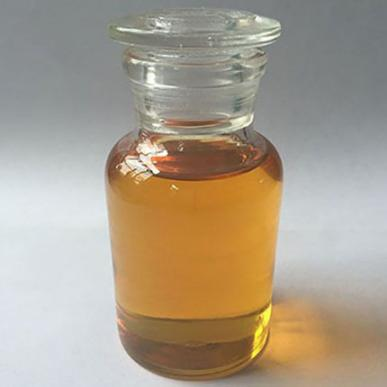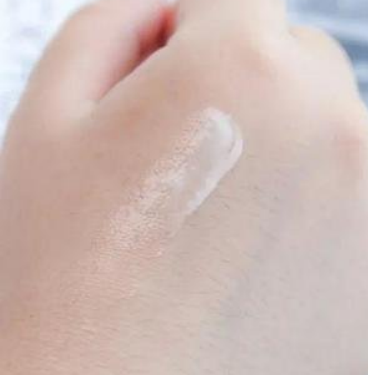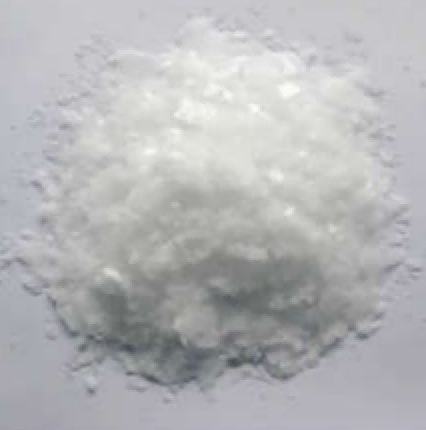1. Introduction
Just 24 hours ago, the European Commission announced a new review of anionic surfactants—including sodium lauryl sulfate—in personal care products due to growing consumer concerns about skin irritation and environmental impact. This move reflects a global shift toward gentler, more sustainable cleansing agents, making it the perfect time to explore what sodium lauryl sulfate really is and why it’s so widely used.

If you’ve ever lathered up with shampoo, brushed your teeth, or sprayed a weed killer, chances are you’ve encountered sodium lauryl sulfate—often labeled as SLS, sodium dodecyl sulfate, or natrium lauryl sulfate. But what exactly is this ingredient, and should you be wary of it?
2. What Is Sodium Lauryl Sulfate?
Sodium lauryl sulfate (SLS), also known as sodium dodecyl sulfate or na lauryl sulfate, is a synthetic anionic surfactant. The term ‘surfactant’—short for ‘surface-active agent’—refers to compounds that lower surface tension between liquids or between a liquid and a solid. This property allows surfactants to lift dirt, oil, and grime, making them essential in cleaning and foaming products.
Chemically, SLS is derived from lauryl alcohol (often sourced from coconut or palm kernel oil) and sulfuric acid, followed by neutralization with sodium hydroxide. Despite its natural-sounding origins, the final product is highly processed.
3. How Does SLS Work as a Surfactant?
As an anionic surfactant, SLS carries a negative charge in water. This enables it to interact effectively with oils and water simultaneously—its hydrophobic tail binds to grease, while its hydrophilic head binds to water, allowing the mixture to rinse away easily.
This dual action makes SLS a powerful foaming and cleansing agent. That rich lather in your shampoo? That’s largely thanks to SLS or its close cousin, sodium laureth sulfate (also called sodium lauryl ether sulfate or laureth sulphate).

4. Common Uses of Sodium Lauryl Sulfate
- Personal care products: toothpaste, shampoos, body washes, facial cleansers
- Household cleaners: dish soaps, laundry detergents, all-purpose sprays
- Industrial applications: emulsifiers, wetting agents, and even in some herbicides as a surfactant for weed killer or lawn wetting agent
- Laboratory reagents: SLS is used in protein electrophoresis due to its denaturing properties
In agriculture, SLS and similar surfactants like polysorbate 80, Span80, or lignin sulfonate help herbicides spread evenly and stick to waxy plant leaves. That’s why you’ll often see recommendations to add a surfactant for herbicides like Roundup.
5. Safety and Controversy
SLS is effective—but not always gentle. It’s known to cause skin and eye irritation, especially in people with sensitive skin or conditions like eczema. While regulatory bodies like the FDA and EU SCCS consider it safe at low concentrations, many consumers are opting for milder alternatives.
Importantly, SLS is often confused with sodium laureth sulfate (SLES). Though both are anionic surfactants, SLES is ethoxylated—meaning it’s been treated with ethylene oxide—which makes it less irritating but raises separate concerns about potential 1,4-dioxane contamination.

6. Popular Alternatives to SLS
As demand grows for gentler formulas, brands are turning to alternatives that clean effectively without harsh side effects. These include:
- Alkyl polyglucoside and decyl glucoside: non-ionic surfactants derived from sugar and coconut oil, often labeled as bio surfactants
- Cocamidopropyl betaine (also called coco betaine or amidopropyl betaine): an amphoteric surfactant that’s mild and foam-boosting
- Sodium cocoyl isethionate and sodium lauroyl methyl isethionate: creamy, skin-friendly surfactants common in ‘syndet’ bars
- Sodium coco sulfate and coco sodium sulfate: milder anionic surfactants derived from coconut
- Sodium cocoyl glutamate and lauroyl sarcosinate: amino acid-based surfactants prized for their soft feel
Other notable surfactants include cetyl trimethyl ammonium bromide (CTAB), a cationic surfactant used in conditioners, and nonionic surfactants like Pluronic 127 (poloxamer 188) and ethoxylated alcohols used in pharmaceuticals and agrochemicals.
7. Understanding Surfactant Types: Anionic, Cationic, Non-Ionic, and Amphoteric
Surfactants are categorized by their charge in water:
- Anionic surfactants (like SLS, ammonium lauryl sulfate, sodium dodecylbenzene sulfonate) carry a negative charge and are strong cleaners
- Cationic surfactants (like cetyltrimethylammonium bromide) are positively charged and used for conditioning and antimicrobial effects
- Non-ionic surfactants (like polysorbate 80, coco glucoside, methylated seed oil) have no charge and are gentle emulsifiers
- Amphoteric surfactants (like cocamidopropyl betaine) can switch charge based on pH, offering mildness and foam stability
This classification helps formulators balance cleansing power, mildness, and compatibility—especially important in products like baby shampoos or sensitive-skin cleansers.
8. Where to Buy and Industry Insights
Sodium lauryl sulfate for sale is widely available from chemical suppliers globally, including companies like Rohit Surfactants Private Limited in India. It’s used not just in cosmetics but also in industrial processes, from textile manufacturing to enhanced oil recovery.
Interestingly, even niche surfactants like sodium deoxycholate, sodium oleate, or fluoro surfactants serve specialized roles in labs and high-performance applications. Meanwhile, bio surfactants—made from microbes or plant sources—are gaining traction for their biodegradability and low toxicity.
9. Conclusion
Sodium lauryl sulfate remains one of the most effective and economical surfactants on the market. However, as consumer awareness grows and regulations evolve, the industry is shifting toward milder, more sustainable options like alkyl polyglucoside, cocamidopropyl betaine, and other bio-based alternatives. Whether you’re choosing a shampoo or formulating a weed killer, understanding the meaning of surfactant—and the differences between anionic, cationic, non-ionic, and amphoteric types—empowers smarter, safer decisions.
Our Website founded on October 17, 2012, is a high-tech enterprise committed to the research and development, production, processing, sales and technical services of ceramic relative materials such as Sodium. Our products includes but not limited to Boron Carbide Ceramic Products, Boron Nitride Ceramic Products, Silicon Carbide Ceramic Products, Silicon Nitride Ceramic Products, Zirconium Dioxide Ceramic Products, etc. If you are interested, please feel free to contact us.


